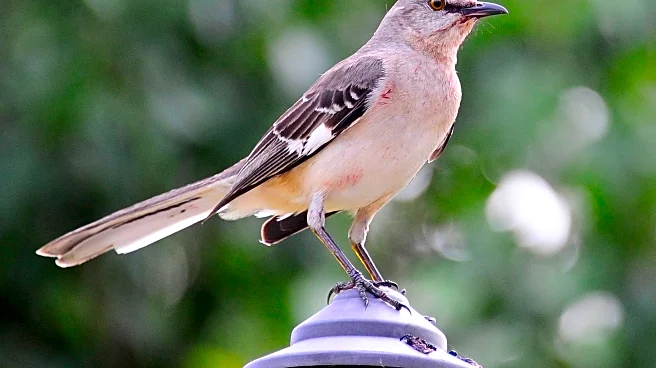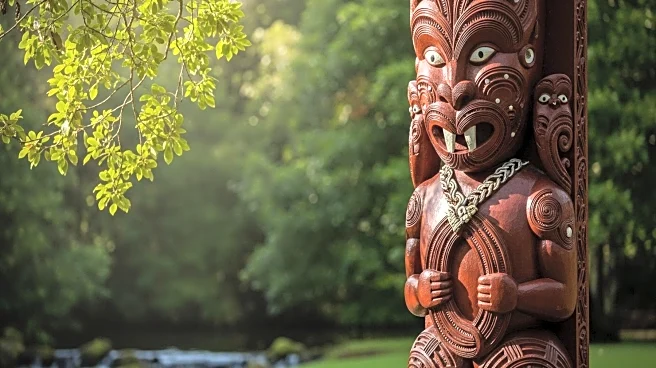Rapid Read • 8 min read
In New Zealand, a unique snail named Ned is at the center of a nationwide effort to find him a mate. Ned's shell spirals to the left, a rare genetic condition affecting one in 40,000 garden snails, which complicates his ability to reproduce with most other snails whose shells spiral to the right. Giselle Clarkson, an author and illustrator, discovered Ned in her garden and has since been caring for him in a fishtank to protect him from predators. Clarkson, who coined the term 'observology' to encourage people to observe nature closely, is rallying New Zealanders to help find a compatible mate for Ned. This initiative aims to inspire a connection with nature and improve observational skills among the public.
AD
The search for a mate for Ned highlights the importance of biodiversity and the role of citizen science in conservation efforts. By engaging the public in 'observology,' Clarkson hopes to foster a deeper appreciation for the natural world and encourage people to notice rare and unusual species. This initiative not only aims to help Ned but also serves as a reminder of the delicate balance within ecosystems and the need to protect and preserve unique genetic traits. The effort could lead to increased awareness and support for conservation projects, benefiting both local wildlife and broader environmental goals.
The next steps involve mobilizing New Zealanders to participate in the search for a mate for Ned. Clarkson's campaign encourages people to observe their surroundings and report any sightings of snails with left-spiraling shells. If a compatible mate is found, it will be a significant achievement for citizen science and could lead to further initiatives aimed at preserving rare species. The success of this project may inspire similar efforts in other regions, promoting community involvement in conservation and biodiversity protection.
This story underscores the potential for community-driven conservation efforts to make a tangible impact on biodiversity. It also highlights the cultural and educational value of engaging the public in scientific endeavors, fostering a sense of stewardship and responsibility towards the environment. The initiative could lead to long-term shifts in how people interact with and perceive the natural world, encouraging more sustainable practices and policies.
AD
More Stories You Might Enjoy












